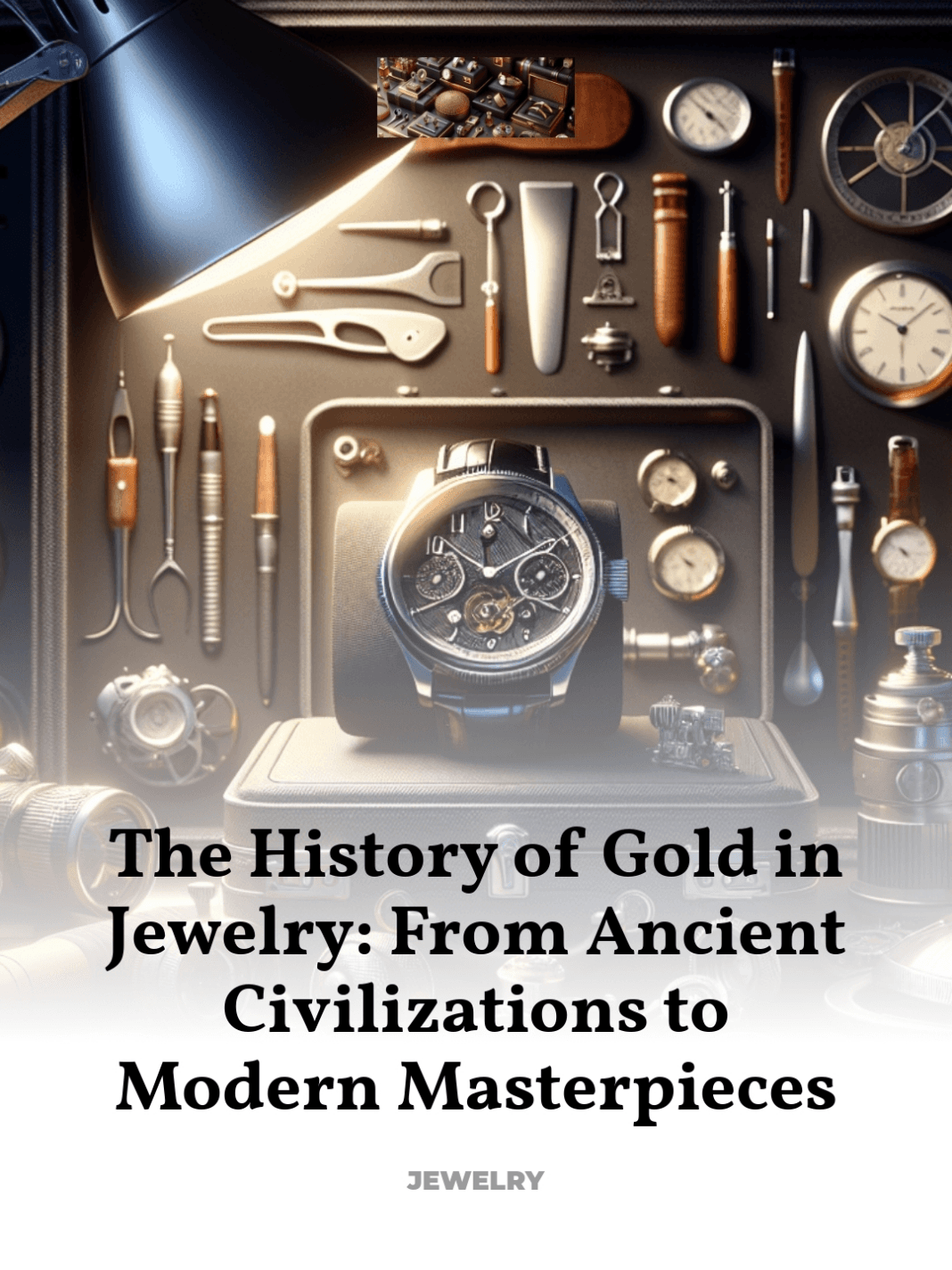Why gold remains the ultimate symbol of luxury and power
Gold, a symbol of luxury and power, has captivated human civilizations across millennia. Its allure, rooted in its rarity and radiant beauty, has made it a cornerstone in the world of fine jewelry. This article explores the journey of gold from the ancient treasures of pharaohs to the sophisticated designs of contemporary masterpieces.
- Ancient Origins: The Dawn of Gold Jewelry
- Medieval and Renaissance: The Flourishing of Gold Artistry
- The Modern Era: Innovations and Iconic Creations
- Cultural Significance: Gold’s Enduring Legacy
- Looking Ahead: The Future of Gold in Jewelry
Ancient Origins: The Dawn of Gold Jewelry
The history of gold in jewelry begins in ancient civilizations, where it was not only a decorative item but also a potent symbol of status and divine connection. The Egyptians, dating back to around 3000 BCE, were among the first to mine gold extensively. Gold jewelry in ancient Egypt served both aesthetic and spiritual purposes, often buried with the deceased as part of their funerary treasures.
- Symbolism in Egyptian Gold: Jewelry pieces such as the death mask of Tutankhamun exemplify the craftsmanship and religious significance of gold.
- Mesopotamian Innovations: Nearby, in ancient Mesopotamia, goldsmiths began experimenting with alloys like electrum, enhancing the durability and color of jewelry.
- Indus Valley Techniques: In the Indus Valley, around 2500 BCE, artisans developed sophisticated bead-making techniques, showcasing their advanced understanding of metallurgy.
In these early societies, gold jewelry was a marker of social hierarchy and a medium through which to appease gods and secure a favorable afterlife. The techniques and symbolic meanings from these times laid the groundwork for future goldsmiths.
Medieval and Renaissance: The Flourishing of Gold Artistry
As European civilizations transitioned into the Medieval and Renaissance periods, gold jewelry became increasingly prominent among the nobility and wealthy merchants. The use of gold expanded beyond mere ornamentation to embody the cultural reawakening of the arts and sciences during the Renaissance.
- Gothic Influence: The intricate designs of Gothic gold jewelry, often adorned with religious motifs and heraldic emblems, reflected the period’s architectural and artistic styles.
- Renaissance Elegance: The Renaissance era saw a revival of classical aesthetics and an increased use of gemstones and enameling in gold jewelry, highlighting the era’s pursuit of beauty and knowledge.
- Patronage and Luxury: Influential figures such as the Medici family in Florence sponsored goldsmiths, leading to innovations in jewelry design and the establishment of gold as a central element of luxury.
This period marked a significant evolution in the techniques used in gold jewelry, with advancements in filigree, engraving, and the setting of precious stones, setting the stage for even more elaborate creations in the future.
The Modern Era: Innovations and Iconic Creations
The advent of the modern era brought with it revolutionary changes in the crafting and conceptualization of gold jewelry. The Industrial Revolution introduced new methods of production and materials, while the Art Nouveau and later the Art Deco movements reinterpreted gold’s role in jewelry, emphasizing both form and function.
- Art Nouveau: This movement embraced organic shapes and themes, integrating gold seamlessly with natural motifs and colorful gemstones.
- Art Deco Boldness: In contrast, Art Deco designs featured geometric shapes and bold lines, reflecting the modern ethos of the early 20th century.
- Technological Advancements: The development of new alloys and treatments for gold not only enhanced its aesthetic appeal but also its wearability and versatility.
Iconic jewelers like Cartier, Tiffany & Co., and Fabergé emerged during this time, each contributing uniquely to the legacy of gold in fine jewelry. Their creations, often custom-made for the elite, are celebrated for their craftsmanship and elegance.
Cultural Significance: Gold’s Enduring Legacy
Gold’s significance in jewelry transcends aesthetic value; it is deeply embedded in cultural traditions and personal identities. In many cultures, gold jewelry is integral to wedding ceremonies, serving as a symbol of commitment and prosperity. In others, it is a traditional gift for significant milestones such as births and anniversaries.
- Symbolic Meanings: Across different cultures, gold often symbolizes purity, eternity, and the sun’s energy, reinforcing its universal appeal.
- Heirloom Quality: Gold’s durability makes it an ideal medium for heirloom jewelry, passed down through generations and carrying with it stories and histories of its owners.
- Global Appeal: From Indian gold bangles to Italian gold necklaces, gold jewelry varies dramatically in style around the world, reflecting the diverse ways that cultures interpret its value and beauty.
The cultural depth of gold ensures its continued relevance in the jewelry industry, cherished not only for its material worth but also for its emotional and cultural significance.
Looking Ahead: The Future of Gold in Jewelry
As we look to the future, the role of gold in jewelry continues to evolve. Technological advancements and changing social norms are shaping how gold is used and perceived in contemporary designs. Sustainable sourcing and ethical practices in gold mining are becoming increasingly important to consumers, influencing how jewelers and designers approach this timeless material.
- Innovative Designs: Modern designers are experimenting with 3D printing and other technologies to create intricate and sustainable gold.
- Cultural Reinterpretations: New generations of artisans are blending traditional techniques with modern aesthetics, ensuring that gold remains relevant in diverse cultural contexts.
- Ethical Sourcing: The demand for responsibly mined and recycled gold is growing, reflecting a broader trend towards sustainability in the luxury sector.
The future of gold in jewelry looks bright, with innovations and traditions merging to redefine what it means to wear this enduring symbol of luxury and power.
For further exploration of gold’s historical and cultural journey in jewelry, esteemed institutions like the Metropolitan Museum of Art offer extensive collections and exhibitions. Visit the Met’s Jewelry Collection.



